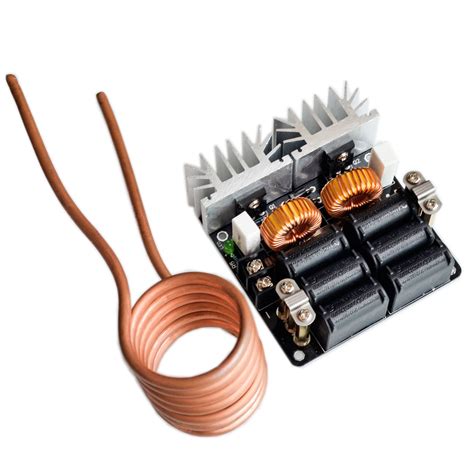
ALL ABOUT FLEX PCB
-
 Read more: Induction Heater Circuit: How to Design and Produce One
Read more: Induction Heater Circuit: How to Design and Produce OneUnderstanding the Basics of Induction Heating Before we delve into the design and production of an Induction Heater circuit, it is essential to understand the fundamental concepts behind induction heating. Electromagnetic Induction Electromagnetic induction is the process by which an electric current is generated in a conductor when it is […]
-
How to Panelise Round Shaped PCB’s
Posted by
–
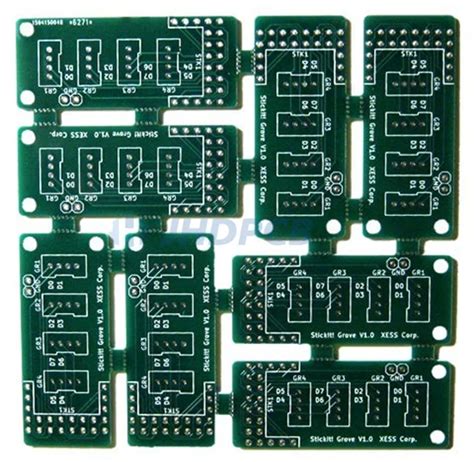 Read more: How to Panelise Round Shaped PCB’s
Read more: How to Panelise Round Shaped PCB’sIntroduction to PCB Panelization PCB panelization is the process of grouping multiple printed circuit board (PCB) designs onto a single panel for manufacturing. This technique is commonly used to increase production efficiency and reduce costs. When dealing with round-shaped PCBs, panelization can be particularly challenging due to their unique geometry. […]
-
Ultrasonic PCB Cleaner-How To Use It
Posted by
–
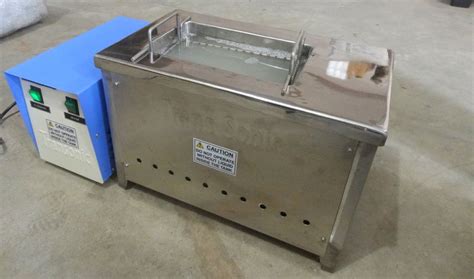 Read more: Ultrasonic PCB Cleaner-How To Use It
Read more: Ultrasonic PCB Cleaner-How To Use ItIntroduction to Ultrasonic PCB Cleaner An ultrasonic PCB cleaner is a device that uses high-frequency sound waves to clean printed circuit boards (PCBs) effectively. It is an essential tool for electronics manufacturers, hobbyists, and repair technicians who need to maintain the cleanliness and functionality of their PCBs. In this article, […]
-
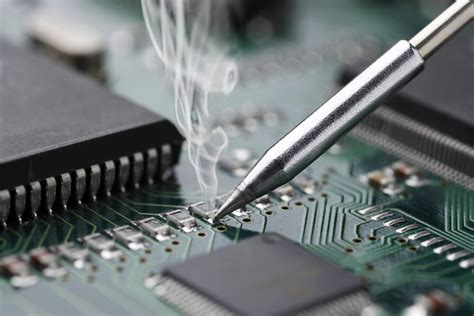 Read more: The Most Comprehensive Guide to Printed Circuit Board Assembly
Read more: The Most Comprehensive Guide to Printed Circuit Board AssemblyWhat is PCB Assembly? PCB Assembly, short for Printed Circuit Board Assembly, is the process of attaching electronic components to a printed circuit board to create a functional electronic device. The process involves several steps, including placing components on the board, soldering them in place, and testing the finished assembly […]
-
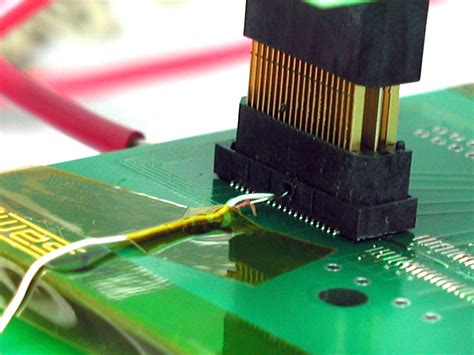 Read more: Tenting Via – The Ultimate Guide To The Importance of PCBs
Read more: Tenting Via – The Ultimate Guide To The Importance of PCBsWhat is PCB Tenting? PCB tenting, also known as via tenting or tented vias, is a process used in the manufacturing of printed circuit boards (PCBs) where the drilled holes (vias) on the board are covered with a thin layer of solder mask material. This technique is used to protect […]
-
FFC vs FPC: The Main Differences Between the Two
Posted by
–
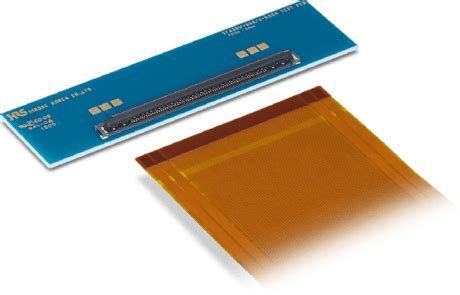 Read more: FFC vs FPC: The Main Differences Between the Two
Read more: FFC vs FPC: The Main Differences Between the TwoWhat is FFC? FFC, or Flexible Flat Cable, is a type of cable that consists of a flat, flexible plastic film with embedded parallel conductors. These conductors are typically made of copper or tinned copper and are evenly spaced across the width of the cable. FFCs are designed to provide […]
-
All about Reflow Soldering
Posted by
–
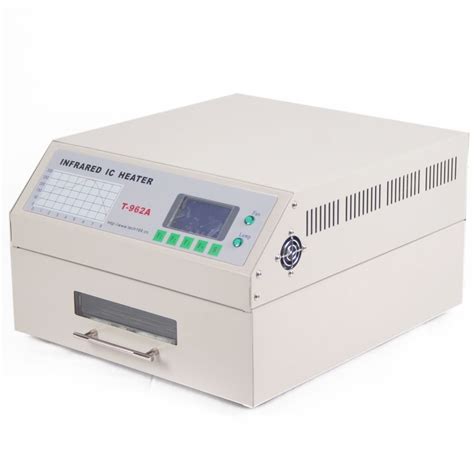 Read more: All about Reflow Soldering
Read more: All about Reflow SolderingWhat is Reflow Soldering? Reflow soldering is a process in which solder paste, a mixture of tiny solder particles suspended in flux, is applied to the contact pads of a PCB. Electronic components are then placed on the solder paste, and the entire assembly is subjected to a controlled heating […]
-
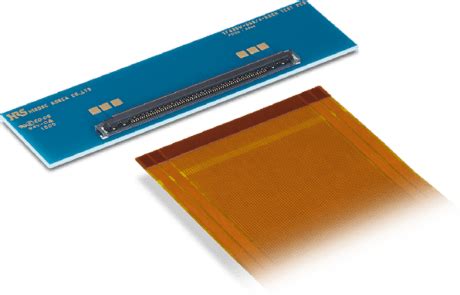 Read more: FFC vs FPC: What’s The Difference Between FFC and FPC?
Read more: FFC vs FPC: What’s The Difference Between FFC and FPC?Introduction to FFC and FPC Flexible Flat Cables (FFC) and Flexible Printed Circuits (FPC) are two types of flexible interconnects widely used in various electronic devices. These interconnects offer several advantages over traditional rigid printed circuit boards (PCBs), such as reduced weight, increased flexibility, and improved space efficiency. While both […]
-
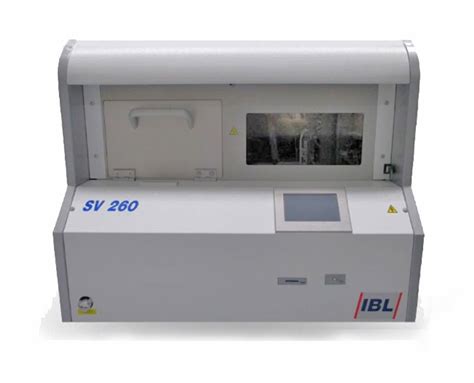 Read more: Why Do We Need To Use Vapor Phase Reflow Technology
Read more: Why Do We Need To Use Vapor Phase Reflow TechnologyIntroduction to Vapor Phase Reflow Vapor phase reflow is a soldering process that has gained popularity in recent years due to its ability to produce high-quality solder joints consistently. This technology uses a heated vapor to transfer heat to the printed circuit board (PCB) and components, allowing for a more […]
-
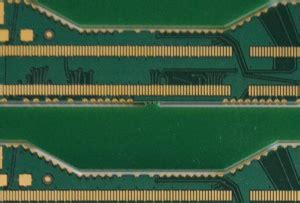 Read more: 13 Advantages Kinds of About Enig Plating Immersion Gold PCB
Read more: 13 Advantages Kinds of About Enig Plating Immersion Gold PCBIntroduction to Immersion Gold PCB Plating Immersion gold (ENIG) plating is a popular surface finish for printed circuit boards (PCBs) due to its numerous benefits. This chemical process deposits a thin layer of gold over a nickel layer on the copper pads and through-holes of the PCB. The resulting finish […]




